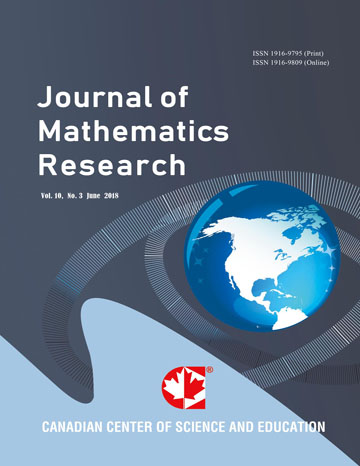The Source of Shocks and the Role of Exchange Rate as a Shock Absorber: A Comparative Study in the Crisis-hit East-Asian Countries
- Siok Sek
Abstract
Focusing on several crisis-hit East-Asian countries, this paper seeks to uncover the main source of shocks and its link to
the performance of policy regime in these countries between the two sub-periods of pre- and post-crisis. A comparative
structural VAR analysis is conducted to study the dynamic of shocks. The results show that the economies of East-Asian
countries are mainly driven by domestic shocks and shocks are asymmetric. External shocks have low effects on domestic
variables but they are increasing over time. Given that real exchange rate reacts stronger to real economy but lower to its
own shock, and that the economies tend to experience real depreciation and lower volatility in inflation in the post-crisis
period, the results imply more effective policy and greater role of exchange rate to act as a shock absorber under floating
exchange rate regimes aftermath the crisis.
- Full Text:
 PDF
PDF
- DOI:10.5539/jmr.v2n1p123
Journal Metrics
- h-index (December 2021): 22
- i10-index (December 2021): 78
- h5-index (December 2021): N/A
- h5-median (December 2021): N/A
( The data was calculated based on Google Scholar Citations. Click Here to Learn More. )
Index
- Academic Journals Database
- ACNP
- Aerospace Database
- BASE (Bielefeld Academic Search Engine)
- Civil Engineering Abstracts
- CNKI Scholar
- COPAC
- DTU Library
- EconPapers
- Elektronische Zeitschriftenbibliothek (EZB)
- EuroPub Database
- Google Scholar
- Harvard Library
- IDEAS
- Infotrieve
- JournalTOCs
- LOCKSS
- MathGuide
- MathSciNet
- MIAR
- PKP Open Archives Harvester
- Publons
- RePEc
- ResearchGate
- Scilit
- SHERPA/RoMEO
- SocioRePEc
- Standard Periodical Directory
- Technische Informationsbibliothek (TIB)
- The Keepers Registry
- UCR Library
- Universe Digital Library
- WorldCat
Contact
- Sophia WangEditorial Assistant
- jmr@ccsenet.org
